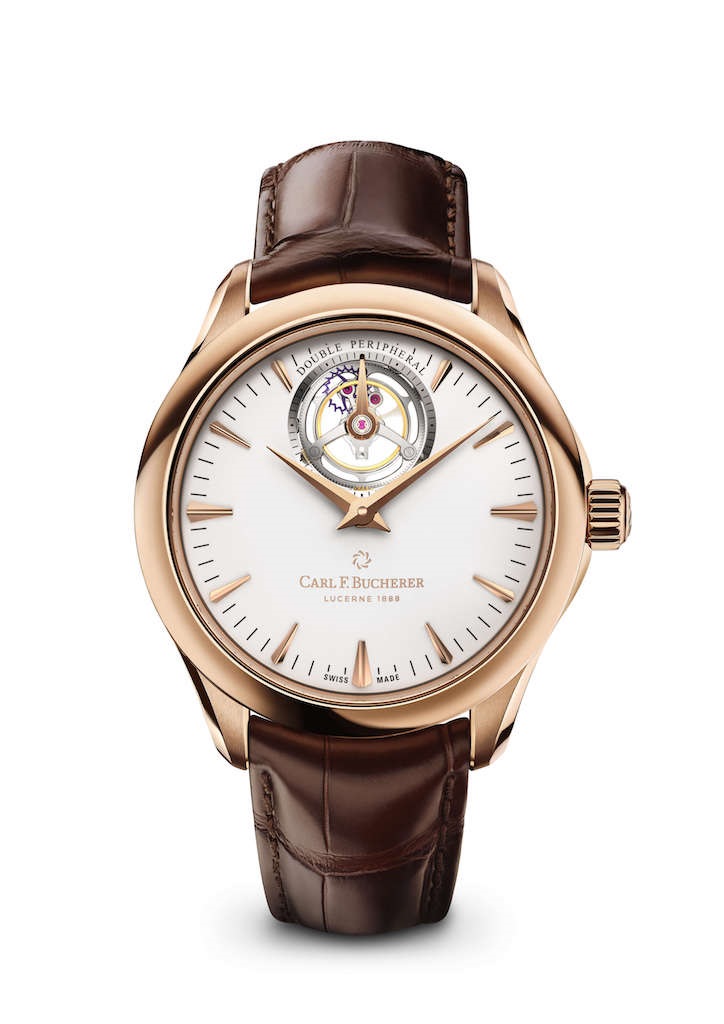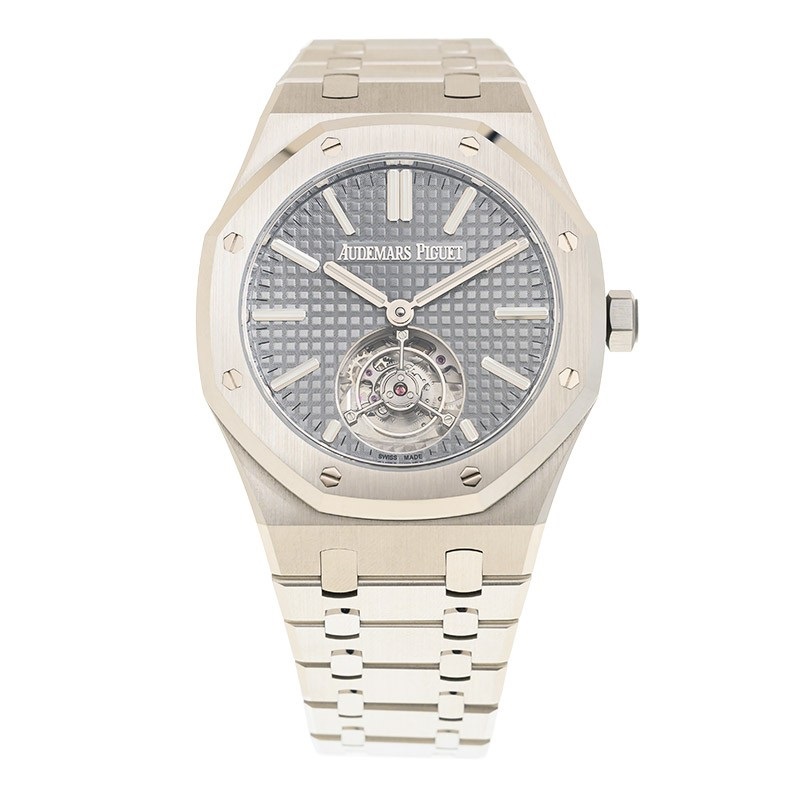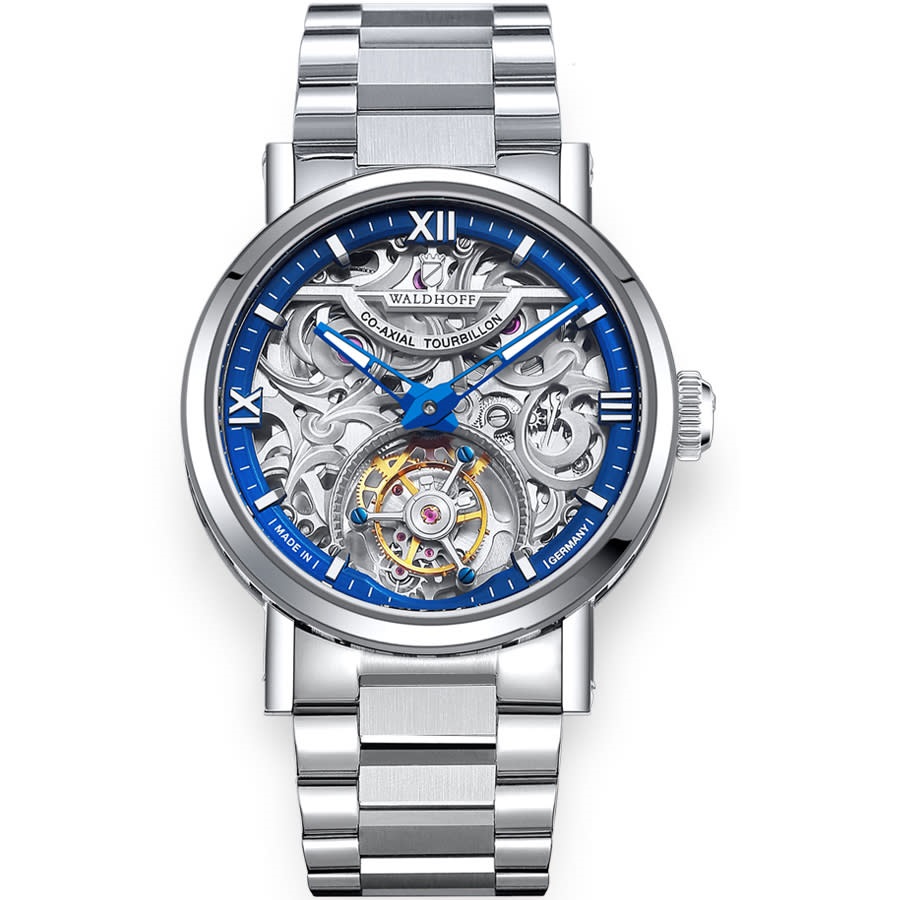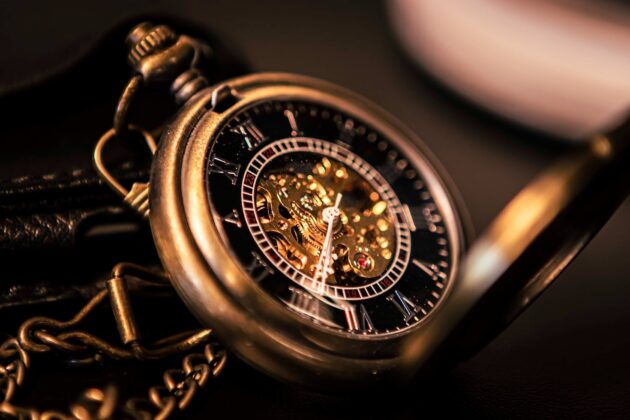What is a Tourbillon?
The tourbillon, which was created by Breguet in 1795 and patented in 1801, derives its name from the French word “whirlwind.” This term accurately captures the captivating motion of the tourbillon mechanism.
A tourbillon (technically doesn’t add functionality to the watch, it’s simply a movement modification of the highest magnitude) is a special feature found in high-end mechanical watches that adds complexity to their movements. Originally developed during the era of pocket watches, tourbillon watches are known for their exquisite craftsmanship. However, they also come with a higher price tag compared to watches without this feature.
Identifying a Genuine Tourbillon Watch
If you want to quickly identify a genuine tourbillon watch, it’s important to understand what it looks like. Many people mistake a tourbillon for a semi-skeletonized dial, which reveals a visible balance wheel known as an “Open Heart.” So, when examining a watch, make sure you’re not confusing an Open-Heart design with an actual tourbillon.
How Does a Tourbillon Watch Work?
The mechanics of a tourbillon watch are fascinating. It involves placing certain components of the watch’s internal mechanism, such as the balance wheel and escapement, inside a rotating cage. The escapement itself consists of the hairspring, balance wheel, and pallet fork. The tourbillon watch slowly rotates this cage, typically at a rate of 1 revolution per minute (1 RPM). This rotation counteracts the negative effects of gravity that can affect the watch’s accuracy when it’s in specific positions. Essentially, the tourbillon helps to improve the watch’s precision and correct any positional errors.
Types of Tourbillons
There are different types of tourbillons, each with its unique characteristics:
- Double-axis and triple-axis tourbillons: A multi-axis tourbillon features a cage that rotates on more than one axis. In a triple-axis tourbillon, the cage rotates on three different axes, while a double-axis tourbillon only rotates on two axes.
- Double and quadruple tourbillons: These watches go beyond having a single tourbillon complication. They incorporate two or even four tourbillons into their design. An example of a watch with multiple tourbillons is the Greubel Forsey Quadruple Tourbillon.
- Classic Tourbillions: These boasts a single rotating cage that holds the escapement and balance wheel, aimed at improving timekeeping accuracy by counteracting the effects of gravity.
- Flying Tourbillons: Unlike traditional tourbillons, flying tourbillons have a different mounting style. They are supported by a bridge or cock on only one side, giving them a distinctive appearance.



Tourbillon watches showcase the artistry and precision of mechanical timepieces. Understanding their mechanics and different variations can help you appreciate the craftsmanship and uniqueness of these exceptional watches.

